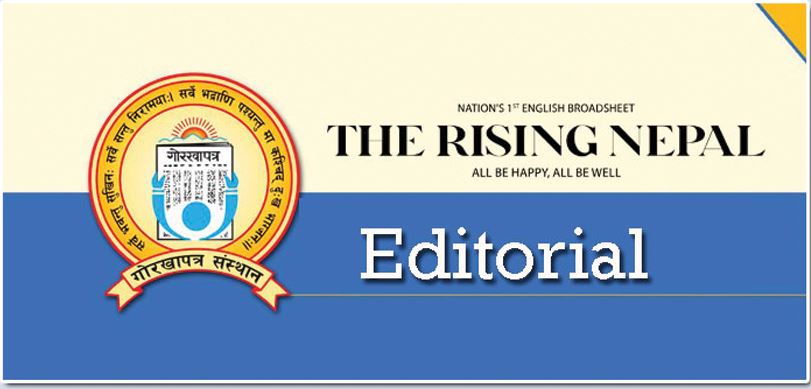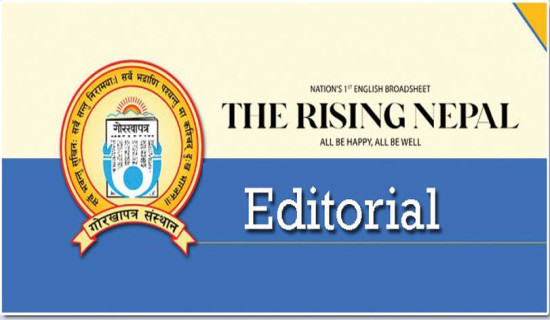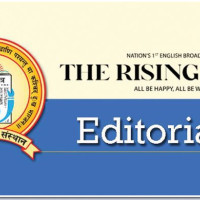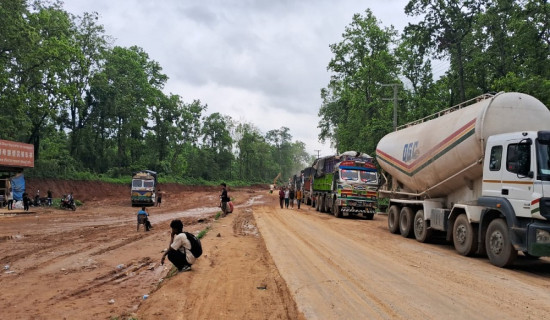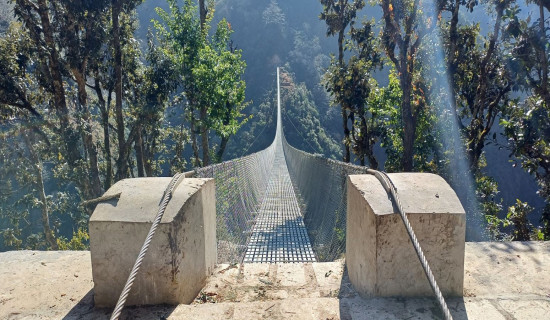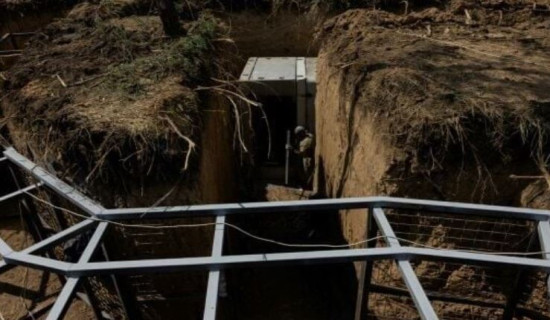- Monday, 23 June 2025
On Track Of Meeting SDGs
The 2030 Agenda for Sustainable Development, which came into force on January 1, 2016 is perhaps the most ambitious development programme agreed upon by the United Nations member states. The agenda consists of 17 Sustainable Development Goals (SDGs) and 169 targets to end extreme poverty, fight inequality and deal with climate change within the period of 15 years. Considered as the shared blueprint for peace and prosperity for people and the planet, its core philosophy is that no one is left behind. The SDGs not only build on the success of the Millennium Development Goals (MDGs) but also seeks to overcome their shortcomings. The SDGs attempt to link poverty eradication efforts with the strategies that seek to enhance economic growth and address a variety of social needs such as education, health, social security, employment and environmental protection.
With the adoption of the SDGs by the global agency, the countries developed national frameworks aligning them with the policy, programmes and annual budgets to meet the stated goals. They require to do follow-up evaluation of the progress made in the implementation of the SDGs. For this, they need quality, timely and accessible data to make the real assessment of the works and gains. The national-level appraisal is important for the follow-up of SDGs execution at the global level. Nepal, committed to achieving the SDGs by 2030 has already come up with two 'Voluntary National Review (VNR) reports on the implementation status of goals. It is bracing for the third VNR and expects to finish it by the end of the current Fiscal Year 2023/24 (mid-July 2024) and submit it to the meeting of the High-Level Political Forum (HLPF) of the United Nations according to a news report of this daily published on Wednesday.
The country conducted the VNR in 2017 and 2020. The National Planning Commission (NPC) states that Nepal has so far made about 43 per cent progress in meeting the SDGs in the seven and half years. It has performed better in the field of poverty reduction, health, education, clean energy, forestry and social security, among others. Poverty has been halved and efforts are underway to reduce it by less than 5 per cent in 2030. With over 95 per cent of Nepalis having access to electricity, the country is close to meet SDG7 that stresses “affordable, reliable, sustainable and modern energy for all” by 2030. In order to effectively implement the SDGs, the country formulated and implemented ‘Sustainable Development Goals for Nepal 2016-30 Roadmap’ and reviewed the progress in 2022 and developed SDGs Needs Assessment, Costing and Financing Strategy, and SDGs Localisation.
Besides, the SDGs have been an important part of periodical plan, medium-term expenditure structure and annual policy and programmes and budget. The upcoming 16th Periodic Plan is being devised with an action plan to upgrade from the Least Developed Country (LDC) and achieve SDGs. To prepare the new VNR report, the NPC, the other day, organised a workshop to solicit the suggestions of the stakeholders and experts on the progress and status of the SDG implementation as well as share experiences about the good practices of other countries and ensure effective coordination and cooperation with various agencies. As the country has practiced the federal structure, it is imperative for federal, provincial and local governments to coordinate and cooperate with each other to meet the sustainable development goals.

